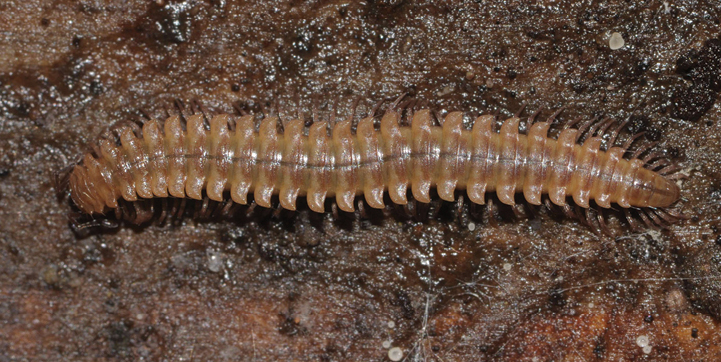|
Neoatractosomatidae
Neoatractosomatidae is a family of millipedes belonging to the order Chordeumatida. Genera: * ''Brentomeron'' Verhoeff, 1934 * ''Cyrnosoma'' Mauriès, 2015 * ''Epirosomella'' Strasser, 1976 * ''Mesotrimeron'' Verhoeff, 1912 * ''Microbrachysoma'' Verhoeff, 1897 * ''Neoatractosoma'' Silvestri, 1898 * ''Osellasoma'' Mauriès, 1984 * ''Pseudocraspedosoma'' Silvestri, 1898 * ''Schizmohetera'' Mršić, 1987 * ''Trimerophorella'' Verhoeff, 1902 * ''Trimerophoron'' Rothenbühler, 1900 References {{Taxonbar, from=Q4296690 Chordeumatida ... [...More Info...] [...Related Items...] OR: [Wikipedia] [Google] [Baidu] |
Schizmohetera
''Schizmohetera'' is a genus of Millipede, millipedes in the Family (biology), family Neoatractosomatidae. This genus contains three accepted species. These millipedes are found in North Macedonia and Greece. Discovery and distribution This genus was proposed in 1987 by the Slovene biologist Narcis Mršić to contain the newly discovered type species ''Schizmohetera sketi, S. sketi''. This millipede is a cave-dwelling species found on Bistra (mountain), Mount Bistra in western North Macedonia. In 2001, the Serbian Myriapodology, myriapodologist Slobodan E. Makarov described the second species in this genus, Schizmohetera curcici, ''S. curcici''. This millipede is also a cave-dwelling species found on Mount Bistra. Some authorities, however, express doubts about the validity of this species because the Gonopod, gonopods of the single male specimen described appear to be underdeveloped. In 2003, the French myriapodologist Jean-Paul Mauriès described the third species in this genu ... [...More Info...] [...Related Items...] OR: [Wikipedia] [Google] [Baidu] |
Millipedes
Millipedes are a group of arthropods that are characterised by having two pairs of jointed legs on most body segments; they are known scientifically as the class Diplopoda, the name derived from this feature. Each double-legged segment is a result of two single segments fused together. Most millipedes have very elongated cylindrical or flattened bodies with more than 20 segments, while pill millipedes are shorter and can roll into a tight ball. Although the name "millipede" derives from the Latin for "thousand feet", no species was known to have 1,000 or more until the discovery of ''Eumillipes persephone'', which can have over 1,300 legs. There are approximately 12,000 named species classified into 16 orders and around 140 families, making Diplopoda the largest class of myriapods, an arthropod group which also includes centipedes and other multi-legged creatures. Most millipedes are slow-moving detritivores, eating decaying leaves and other dead plant matter. Some eat fungi or d ... [...More Info...] [...Related Items...] OR: [Wikipedia] [Google] [Baidu] |
Chordeumatida
Chordeumatida (from the Greek word for "sausage") is a large order of millipedes containing some 1200 species with a nearly worldwide distribution. Also known as "sausage millipedes," they possess around 30 body segments behind the head (including the telson) as adults and reach about in length. Description Chordeumatidans are relatively short-bodied, with only 26 to 32 body segments (including the telson) behind the head. They range in length from . A key feature is the presence of 6 large bristles (setae) on the dorsal surface of each body segment. The first segment ( collum) is relatively narrow, giving the appearance of a distinct "neck" in many species. The body tapers towards the rear, and the rearmost tip (telson) contains silk-producing organs (spinnerets). A dorsal groove runs down the length of the body, and some species possess paranota, lateral extensions of the exoskeleton. Paranota are also found in some other millipedes, notably Polydesmida, from which Chordeumat ... [...More Info...] [...Related Items...] OR: [Wikipedia] [Google] [Baidu] |

